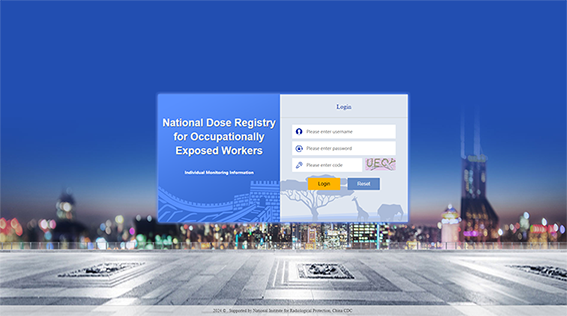Question: True or false — In your country, employees monitored for radiation exposure at workplaces with high exposure to naturally occurring radon receive an average effective dose of 2.9 mSv per year. This is notably higher than the average effective dose received at workplaces in your country with exposure to artificial radiation sources.*
With access to a national dose registry (NDR), this is an easy question to answer.
Keeping a national record of how much radiation a worker is exposed to is important for optimizing radiation protection in occupations ranging from power generation and medicine to industry and agriculture. A national dose registry that contains the secure dose records of exposed individuals is significant for enhancing worker protection against ionizing radiation and national arrangements for occupational radiation protection.
This month, a new online national dose registry tool will be released to help countries collect and analyse worker exposure data via a central system, and strengthen worker protection and safety. The system can be used by regulatory authorities, technical service providers, operators, workers and other stakeholders to monitor individual exposure over a lifetime, review radiation safety practices and contribute to health research.
This webinar will introduce the new tool, its features and benefits, and how it enables the collection of personal, employment and dosimetric data for all occupationally exposed workers. It follows the discussions of a 2019 IAEA webinar on the objectives of an NDR, which can be watched here.
The software is designed to help countries meet the legal and regulatory framework requirements described in IAEA General Safety Requirements (No. GSR Part 1 (Rev. 1)) and the International Basic Safety Standards (No. GSR Part 3) for continuous improvement and harmonization of occupational radiation protection programmes.
It was developed by the National Institute for Radiological Protection of the Chinese Center for Disease Control and Prevention, supported by the IAEA technical cooperation project on strengthening technical services in occupational radiation protection in compliance with the international basic safety standards (RAS9093).
The webinar will include a brief demonstration of the new tool, which is now available here.
*For interest, the annual average received dose from artificial (human made) sources of radiation worldwide is 0.5 mSv.

